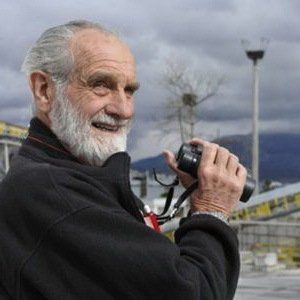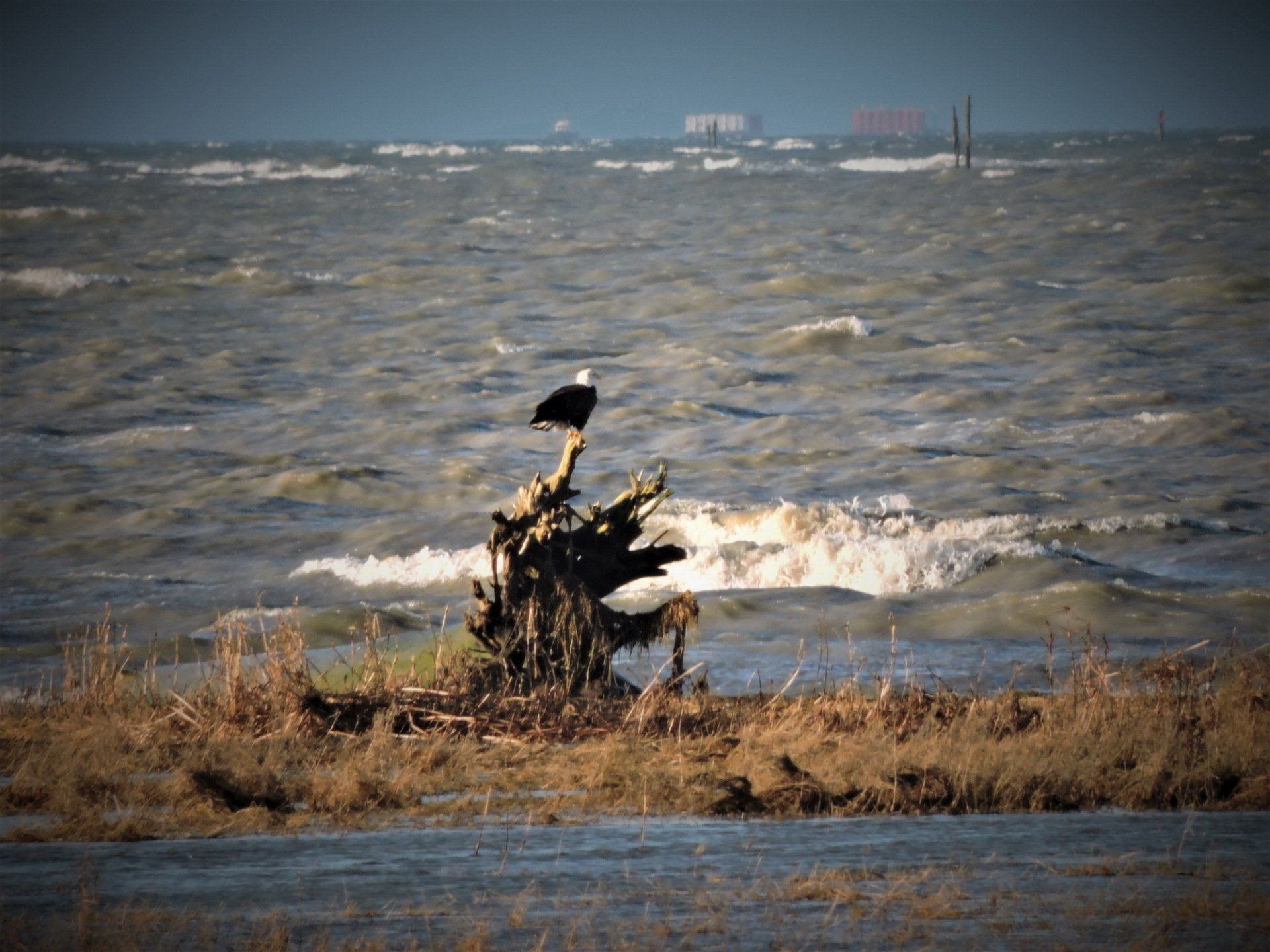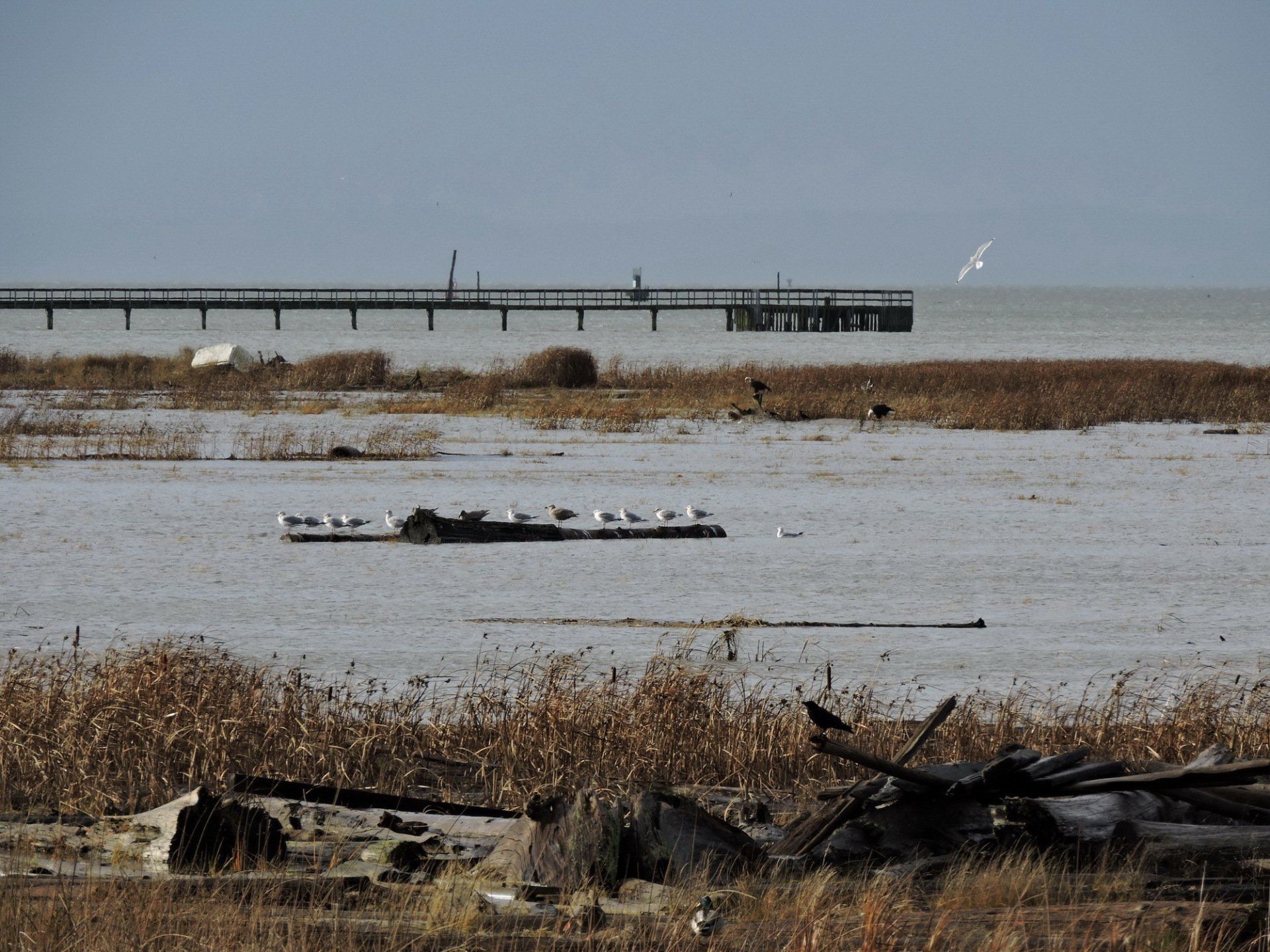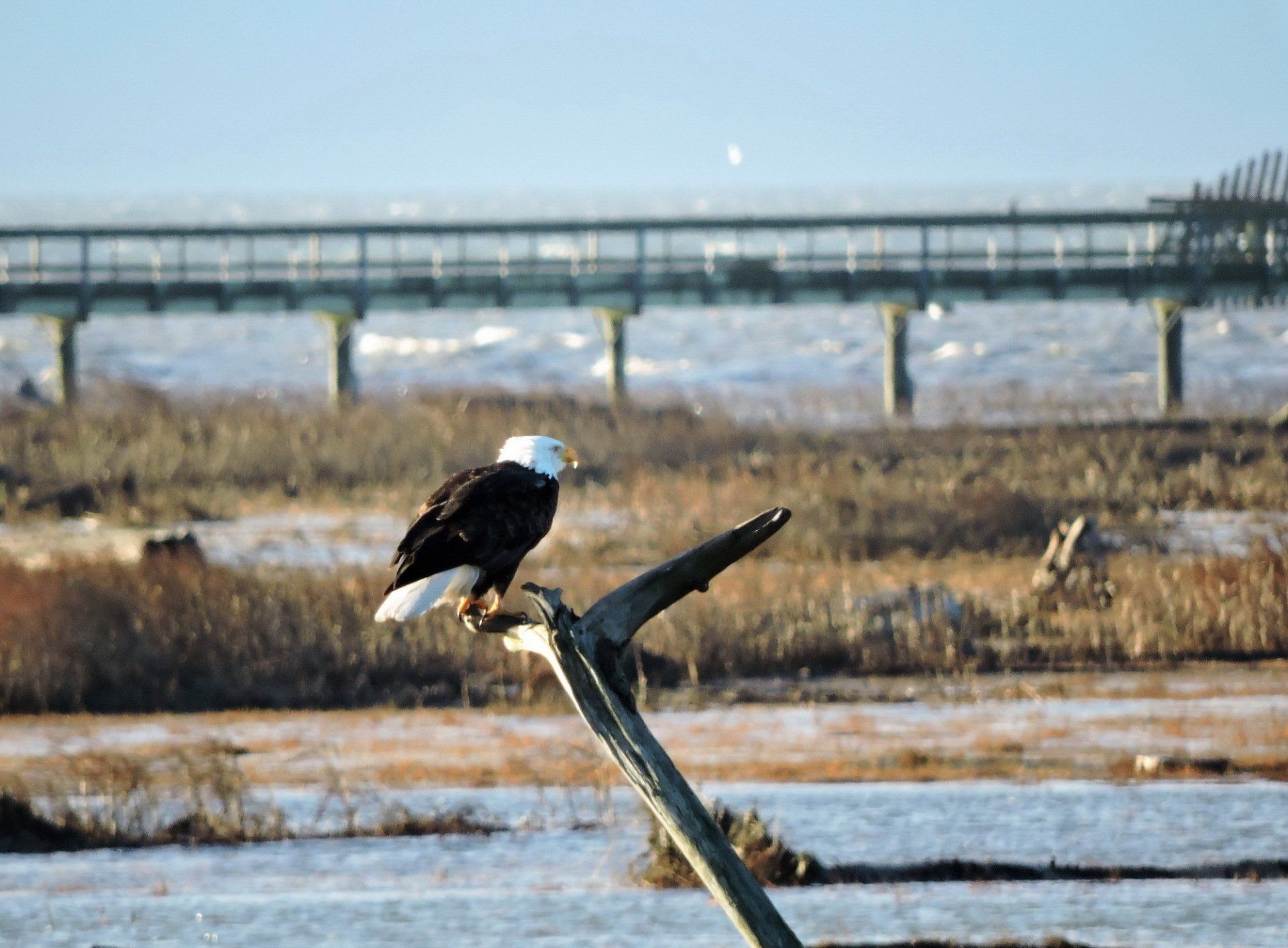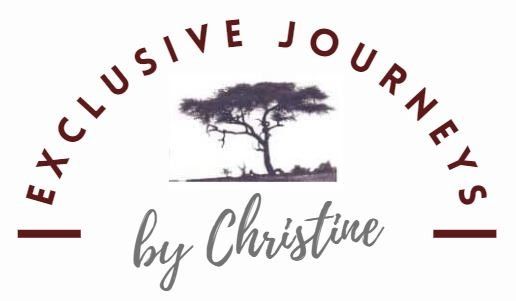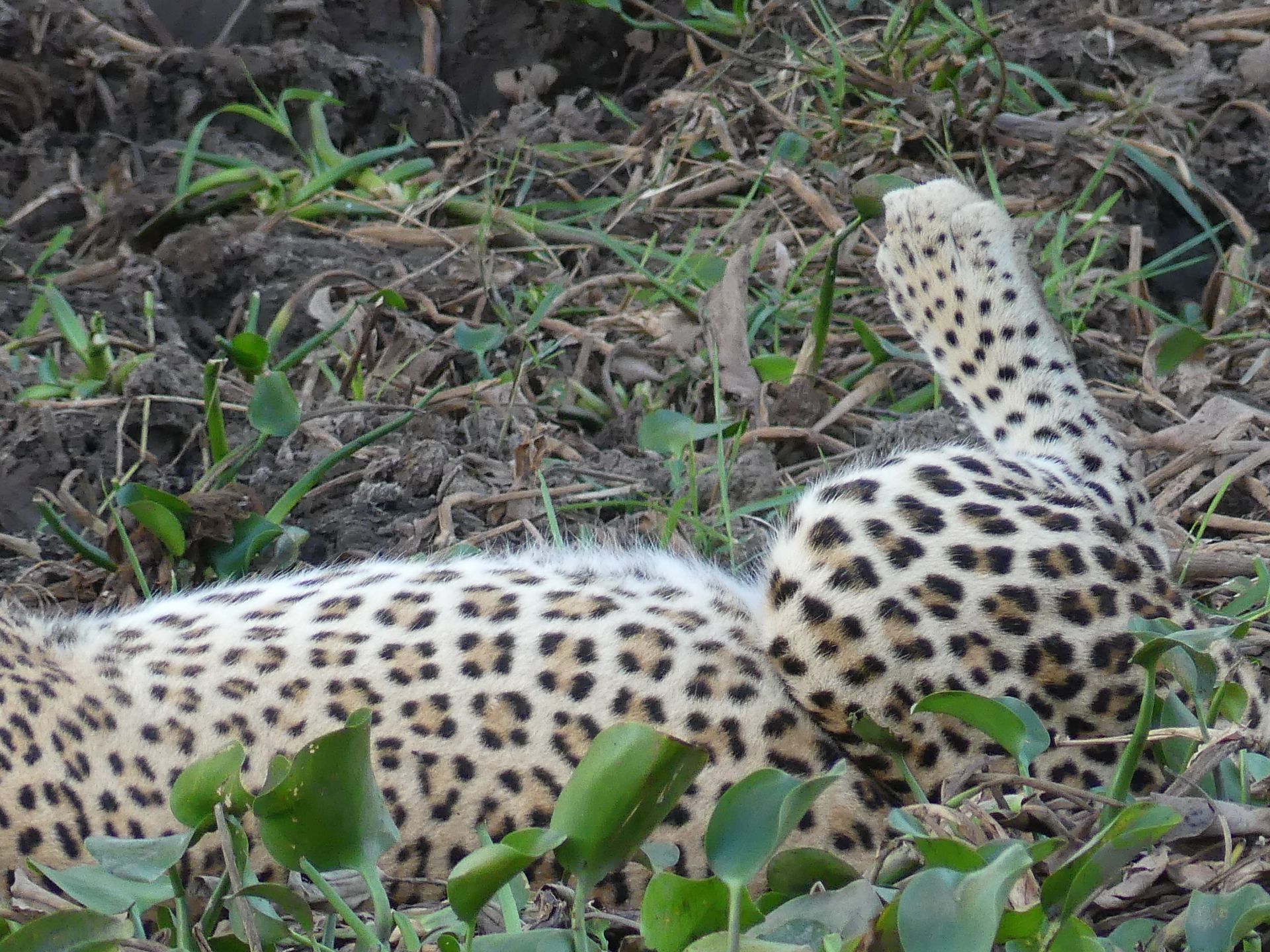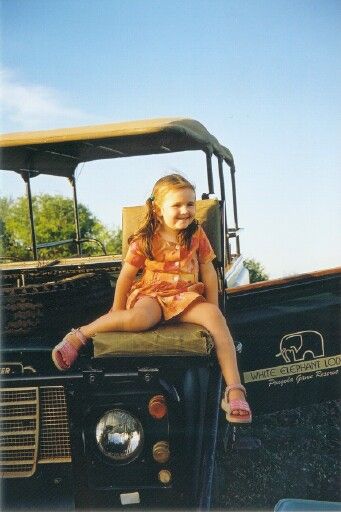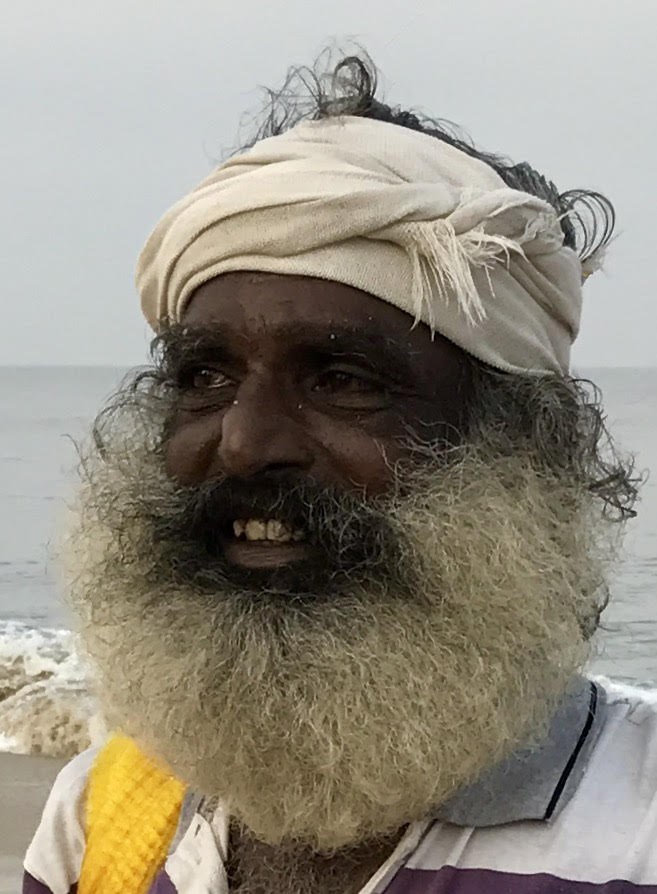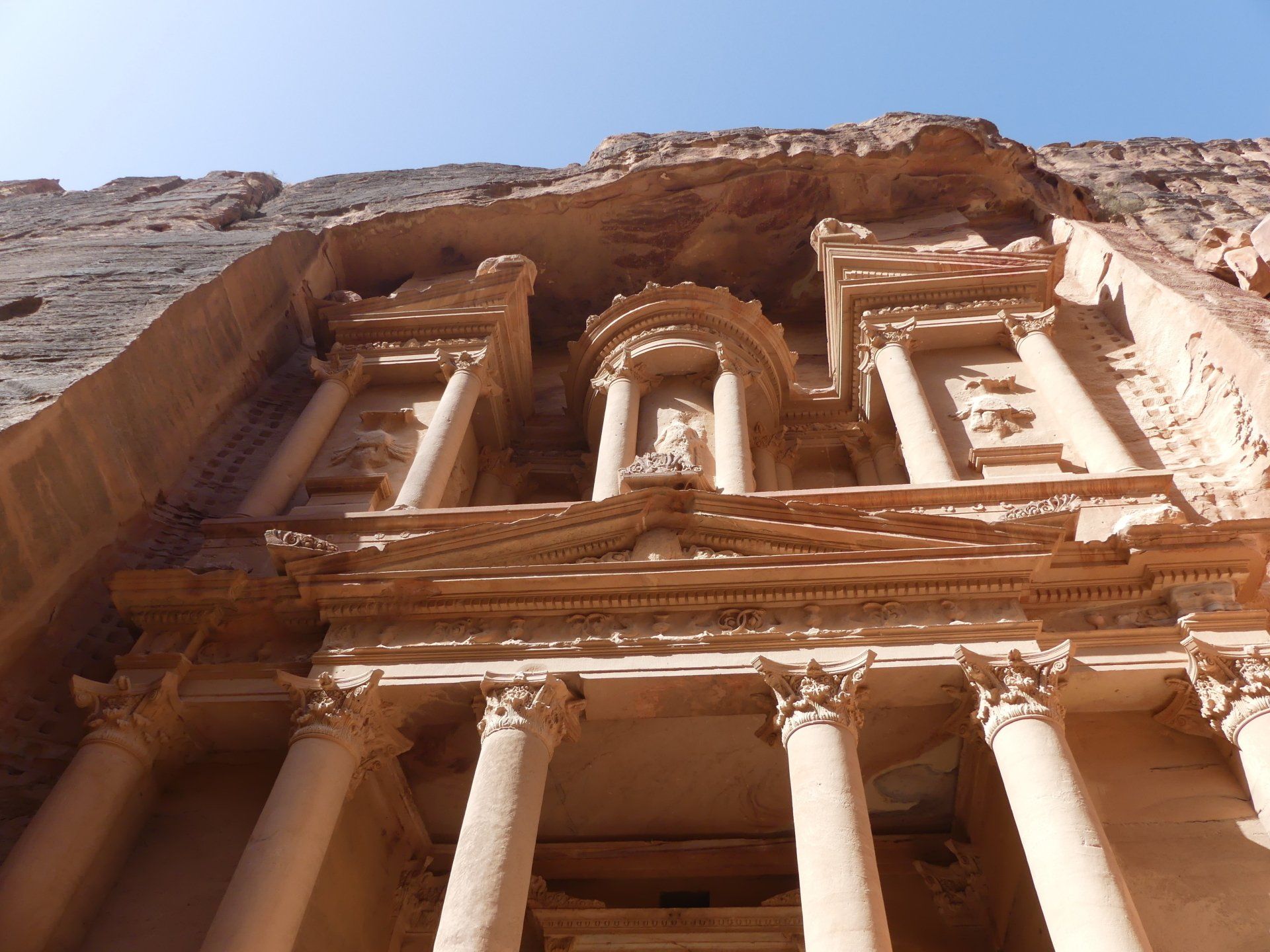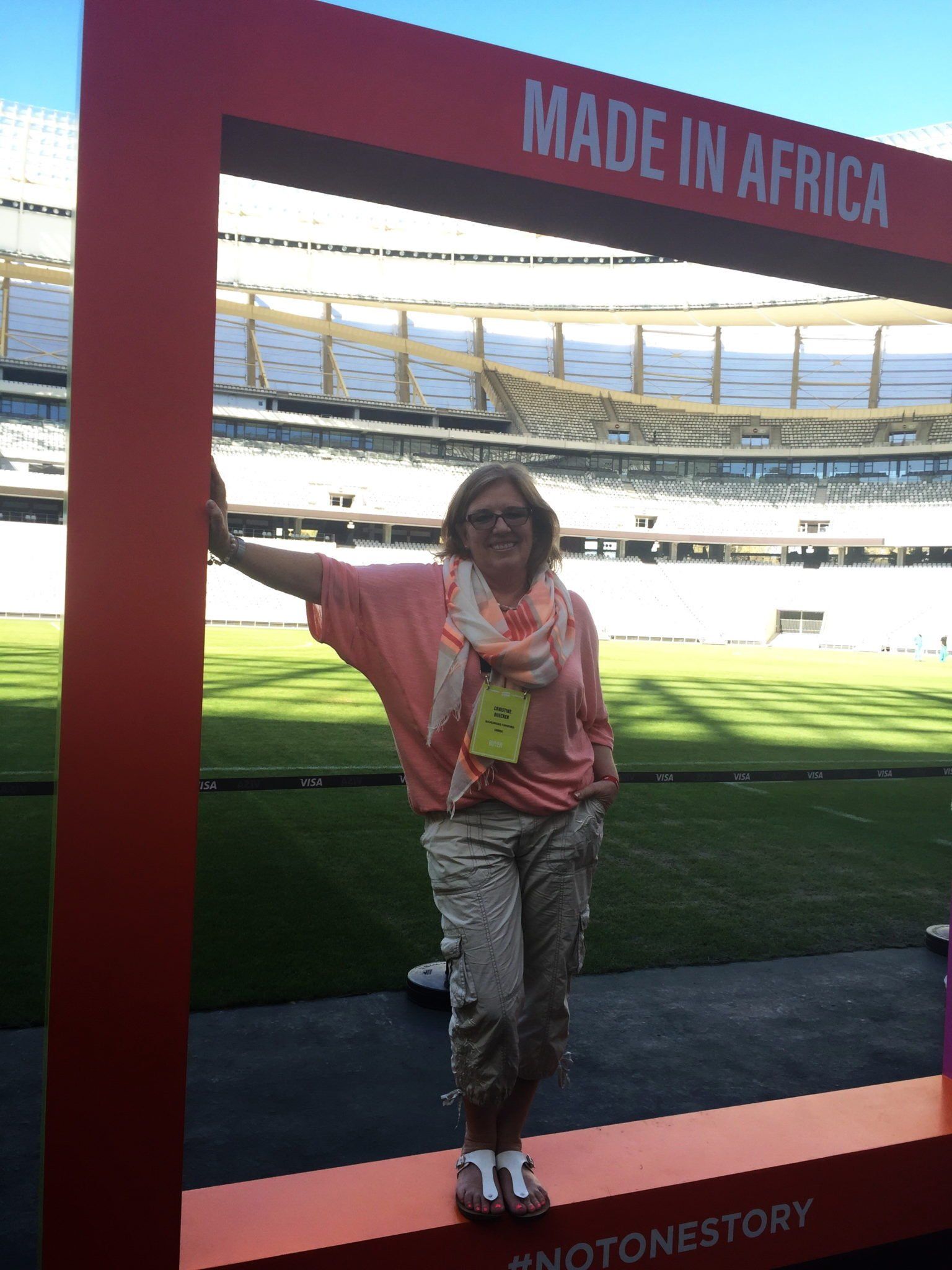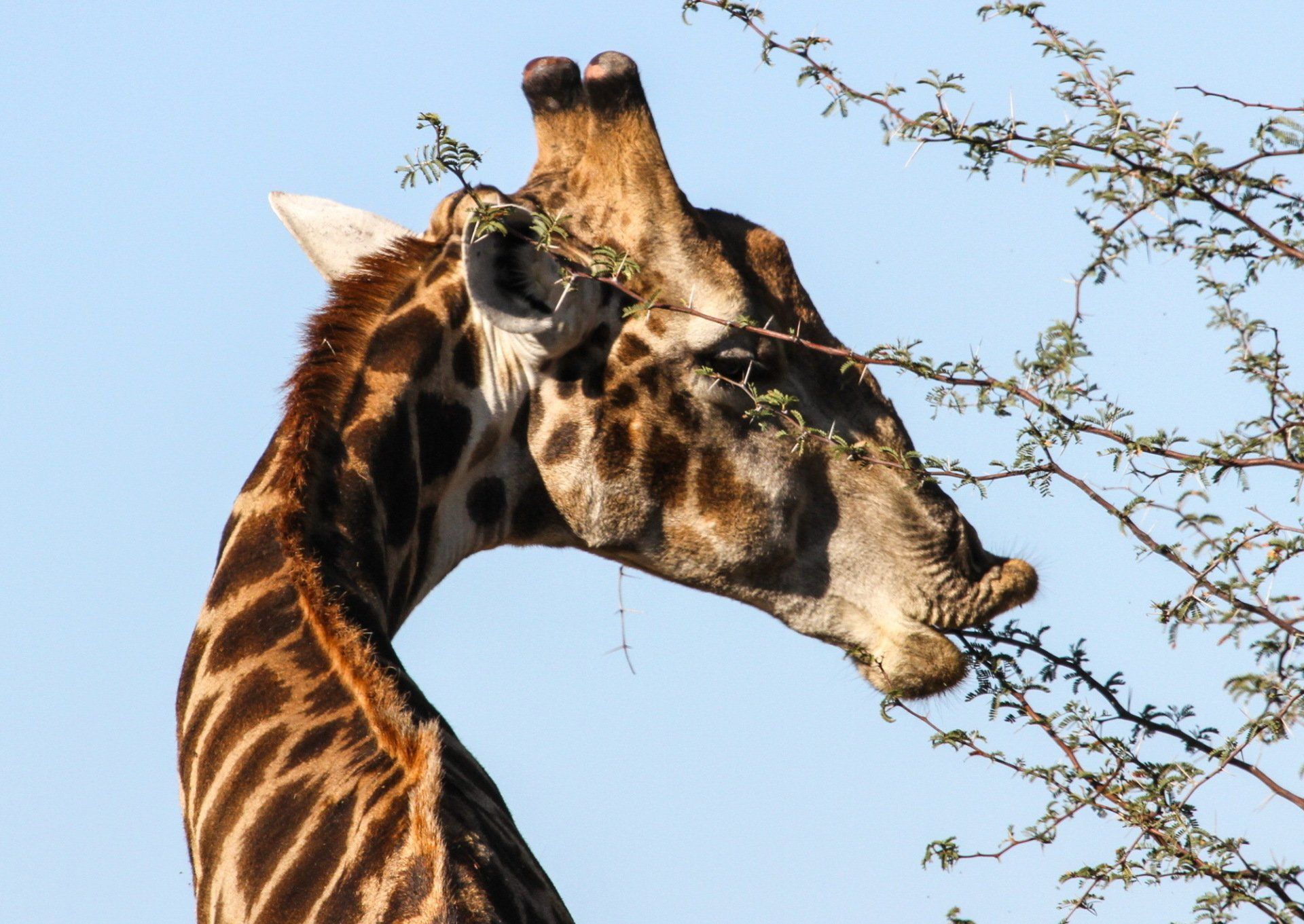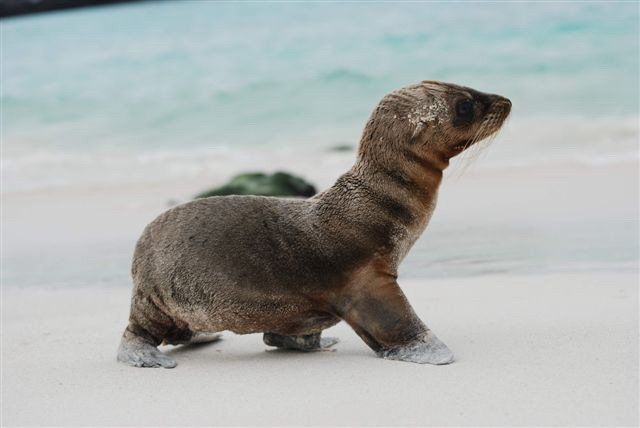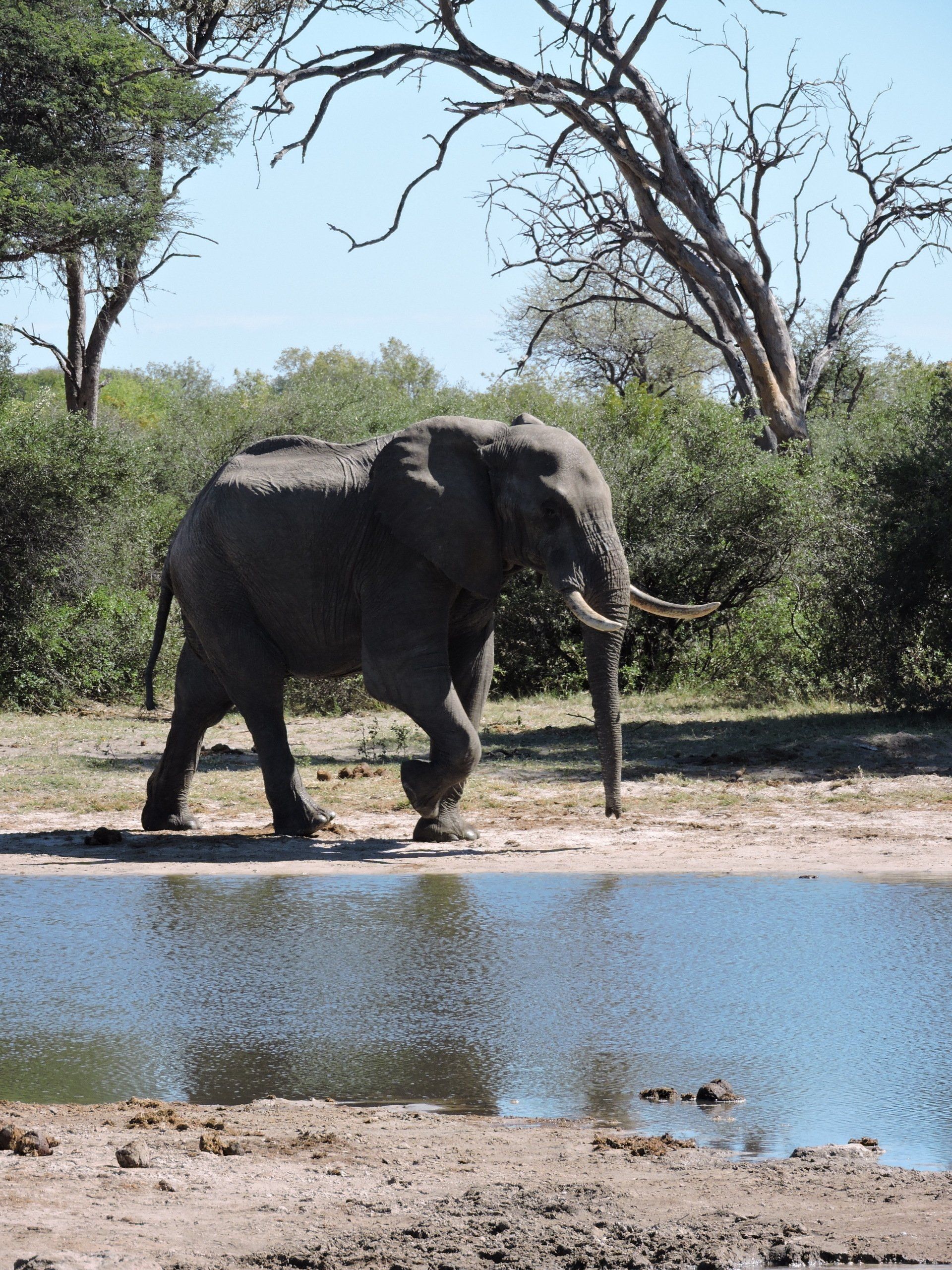The return of the Bald Eagle
Interview with David Hancock, conservationist
and head of the Hancock Wildlife Foundation.
Staying at home during the pandemic, I am grateful for my little piece of Terra Firma which is about 10kms south of the Vancouver International Airport. We overlook a diverse marshland which is flooded by king tides in the wintertime and attracts a great diversity of birds. We have the migratory snow geese overwintering here from Alaska and Wrangell Island, as well as Northern Harriers, Short-eared Owls, Grey Herons, Trumpeter Swans, and a variety of ducks and shorebirds.
At the top of the food chain is of course the iconic Bald Eagle, and I always wondered what attracts them to the floodplains. I thought I'd go straight to the expert for the facts, so here is the fascinating story of David Hancock, aka the Eagle Man:
C.B. When did you first become interested in Bald Eagles?
D.H. I’ve been following them for 65 years. It all started a long time ago when I was twelve and I caught a hawk. That day I had met a falconer, a Mr. Frank Beebe who worked for the Provincial Museum in Victoria, which is now the Royal Museum. I was astounded at him flying a great big falcon – a Peregrine, which I had never seen before. I told him what I was doing at the time and he showed me how I might catch a hawk. As soon as I left, I went and modified my quail trap, and sure enough – I caught a Cooper’s hawk. I came home with a hawk in jesses and some instructions on how to train the hawk, and that began my love affair with birds of prey. At 14 I got my first bald eagle and then I learned to fly myself at 15.
C.B. How did the eagle population bounce back?
D.H.
Well, that can be attributed to one thing - a change in human attitude. Back in the days when I was starting to follow bald eagles, they – along with wolves, coyotes, owls and seals were all classified as vermin, something that was to be despised. Today we tend to think of vermin as rats and mice, but in those days, it included eagles and they paid a bounty in Alaska on eagles. Most of the Alaskan fishermen keep their boats in Washington state all winter, which is across the road from where I live here on Zero Avenue on the US border. Here is where I realized, on my 16th birthday actually, what the challenge of bald eagles was, and why there were hundreds of them nesting north of the border and on the Canadian Gulf islands and there were ZERO eagles nest in Washington state. I had flown over all these local islands and I found the answer Blaine WA, where all the fishing boats had a little white bucket on the back for eagle legs. Because, if they can fill that bucket up with eagle legs and take that back to Alaska they could pay for their gasoline, which was 23c/gallon and covered their trip to Alaska and coming back to Washington. That then, to a large extent, eliminated eagles south of the border.
C.B. So there was a bounty on Eagles because they were catching the fish?
D.H. Yes – the thought was that they were competing with humans. The point of this is that the big change came about when people's attitudes changed, and that started with Rachel Carson, a fish and wildlife biologists in the United States. She brought together all the data that had been accumulating since pesticides were released into the environment. Pesticides were developed to keep pests off humans and then, after the war it became this huge business of dumping it out on the agricultural fields, particularly in the Mississippi valley and east. As we now know, it kills not just the insects but also kills birds that feed on them.
Rachel Carson’s book ‘Silent Spring’ kind of stunned the world. The concept was that we would wake up one morning and Spring would be silent. There would be no migratory birds singing and defending their territories. At that time, I was just beginning to do my eagle studies at the university, and so we collected some early pesticide analysis from eagle eggs back in 1963/64. Fortunately, we didn't yet have an agricultural industry here and therefore our rivers tended to be cleaner than the ones elsewhere. Also, Eagles have now become an icon of conservation. And now they’re totally protected.
The reason we have these big numbers of eagles on the Fraser River is because of the lack of pesticides, but also because these are the biggest late season salmon spawning rivers in North America. Dead salmon are accumulating on the riverbanks in November, December and into January, and some of the deeper pools would have dead carcasses in February, which is when all the northern lakes and rivers are frozen and under ice. So, this huge population of eagles historically learned to come here, because there was this great deliverance of food on the riverbanks for 4, 5, 6 months of the year.
C.B. Is it true that Eagles prefer to eat dead fish over live ones?
D.H. Absolutely. Eagles are incredibly lazy. I don’t want to speak disparagingly about them, because I really love the bird, but it takes a lot of effort to catch a live fish.
It takes five to six years for a bald eagle to mature. The white head only develops on their 5th year of life, which is sign that they are ready to mate. This long maturing process is undoubtedly related to the fact that this is how long it takes them to learn to hunt. OK, hunting is not really their thing. They can hunt but what they need is to learn how to catch fish, which is what's going to feed their young.
They are one of the world's seven sea- or fish eagles and so the basic economy of these birds is to live where there is a surplus or an acceptable amount of fish that they can catch.
C.B. Are Bald Eagles territorial?
D.H.
Yes, once they nest they have a territory of one to 1.5 kilometers on either side of their nest that they rely on to get their food. In the Fraser Valley there are a lot of streams and ditches cutting across all the islands that make up the Fraser Delta and the farmland. These little waterways all have fish, frogs, muskrats, ducks and geese and during spring eagles will feed on young ducklings and goslings and some Eagles are also able to hunt voles.
C.B. What can you tell us about the Bald Eagle Migration?
D.H. About 20 years ago we discovered what may well be the world's biggest concentration of bald eagles right here, up the Harrison River. One year we counted 7,780 eagles on a three-mile section of the river in about 1.5 hours, and there were probably around 15,000 eagles in the area. Of course, it always depends on the number of spawned out salmon in the river. The Squamish River also has a healthy eagle population in the wintertime, but it’s nothing like I’ve seen in the Fraser Valley.
I’ve been trying to understand the movements of these birds. Right now we are starting to track the eagles by putting GPS trackers on their back, and we’re beginning to draw a picture of where our eagles come from. It was pretty obvious that the wintering eagles had been frozen out of their northern territories, when they arrived here just at freeze-up. But where do the nesting eagles go? We've only got 1 nesting eagle so far with a tracker and we're hoping to put a whole bunch more trackers on local birds to find out their movement.
In the summer there is not one eagle in the Valley. Where do all our breeders go? It was assumed that they went north to Alaska, because starting in June and early July there are dead salmon in all the rivers of Alaska. That’s what I’ve been researching over the past while.
C.B. What are the challenges facing our Eagles today?
D.H.
One of the things is the general decline of some of the key species like herring and small fish that feed the salmon. These have been devastated by the fishing industry and are barely coming back in some areas.
The other big challenge to the eagles is still this total disregard for the environment. I mean the eagle is a fairly big bird, with wing spans of 6 feet across, and they weigh 12, 13 pounds. Their nests are 5, 6, 7, 8 feet across and about 10 feet deep, so it takes a big, big tree to hold a nest, as you can understand. And then the humans come along and the first thing we do is to cut down the big trees, as they are a source of timber, or in the way of a road or a house we want to build. We have created a big challenge for nesting eagles, that have no alternative than to nest in smaller trees and their nests often fall down.
Now there are laws that specifically protect eagle nests. Developers can’t get away with cutting down trees and destroying the environment anymore. They're being held to account and need to have a plan to recompense the habitat and keep those eagles there. So today we have all these eagles nesting in people's backyards and local parks and on golf courses and its great!
The fishing industry has been over-fishing, which reduces the amount of spawned out salmon in our rivers. And, when a dead whale washes up on our shores, we get rid of it as quickly as we can, which means the eagles can’t feed on it. Because eagles are adaptable, they’ve taken to raiding the landfills for protein, but now that food waste is not being dumped in the landfills anymore, this food source is also dwindling.
C.B. How we can we preserve the food source for these Eagles?
D.H.
Good question. I'm just beginning to put together a film about this and what I’ve learned from my trip to Japan to see the White-tailed and Stellar’s Sea Eagles – the most magnificent of all the eagles. I mean it's just a huge kazoo. They can weigh nearly 20 pounds, whereas our bald eagles are generally around 11 pounds.
The Japanese did the same thing as we did. They have over-harvested their salmon and that left nothing for the wintering eagles. Now the Japanese have taken to feeding their eagle population and have turned it into a money making adventure, which is especially popular with photographers, who line the shores with their big lenses.
In South Africa the Cape Vulture was nearly extinct in the early 60s. The population was reduced by almost 90%, when they lost their natural food source as the area was fenced-in for the cattle industry. Then, starting with one husband and wife team, the farmers began to feed the pig and cattle carcasses to the vultures to compensate for the lack of wildebeest and zebras carcasses. It was so successful that there are now around 50 of these so-called Vulture Café’s up and down the Drakensberg Mountains and they have brought the entire population of Cape vultures back to near normal numbers. So you see, we do have some options here.
C.B. David, what can we do personally to support the eagle population?
D.H. Well, this was the question that has driven me since my teens, and I know that nature conservation and sustainability is what you’ve built your travel business on. How can we get people to think of not just the wildebeest, but the ecology that supports them?
And it’s the same thing here. You don't get this plethora of bald eagles without a support system. Because these are fish eagles, they need good, pure waterways that are not contaminated by industry or agriculture. And salmon are known return to within 100 meters of their spawning grounds, but sometimes a natural phenomenon, like the recent landslide at Boston Bar will block their way. Fortunately, there is about 10% of the salmon population that are, what we call ‘Pioneers’ and they go in search of newly available salmon rivers. This ensures the survival of the species.
C.B. You’re saying that nature is adaptable, which of course is the basis of Darwin’s Theory of Evolution?
D.H. Yes - not only do the salmon have to be pioneers, you and I have to be pioneers in a way too. We should think about our choices, like consuming locally caught salmon instead of East Coast or farmed fish. You can think about what you purchase, where you choose to spend your time and to be sensitive to the ecological needs of the different species. As humans we don't live in isolation, but are dependent on a whole community, whether it's the insects, fish, mammals, birds and even the grass and the mosses. All these things are what make the ecosystem functional. We can start in our gardens, where backyard feeders are a food source for small migrating birds and also help sustain birds through the winter. Responsible water usage and keeping waterways clean is so important, as nothing survives if the waterways die.
C.B. When and where is the best place to see Bald Eagles in the Lower Mainland?
D.H. To bring it back to your readers who are interested in conservation and the outdoors, there are a few places along the coast here where eagles have been the subject of photographic opportunities, such as between Harrison Lake and Hwy 7, just before the Harrison runs into the Fraser River. That's where we get thousands of eagles every end of November, December and January, before they disperse. There are other places, such as the rivers that come down from the North Shore mountains, and Boundary Bay too. It really was an old mouth of the Fraser and it is now a big shallow bay and estuary. Brackish water is the richest habitat in the world, and it supports so many of the young salmon that come from deeper waters and it is a good place for many shore birds and ducks.
Boundary Bay is a great food source for our nesting eagles because it has so many small flounders, and wonderful little fish called a Midshipman that spawns in the rocky, muddy bays. It’s a 6” long fish, who will put his head out of the water, and he whistles to attract females and to protect his territory. You’ll often see 100’s of bald eagles feeding on these little fish, which is probably the major food source of eagles up and down the entire coast of British Columbia and most people don't even know the fish.
C.B. David, it seems that in your ‘eagle lifetime’ you've seen some positive developments, having gone from very few to now quite a large population of bald eagles here in the Lower Mainland.
And so, I'm going to end on this positive note, knowing that we can all play a role in supporting the eagles and the environment.
D.H. I’m pleased that you're acknowledging them. The bald eagle is just a wondrous creature and it seems to be loved by everybody.
If you’ve enticed some people with this interview to come down to our rivers, and they see me out there, please come and say hello. I always like talking to fellow enthusiasts.
Visit
The Hancock Wildlife Foundation to view their Live Streaming CAMs and follow the GPS-tracked eagles.
David may be contacted at: david@hancockwildlife.org


